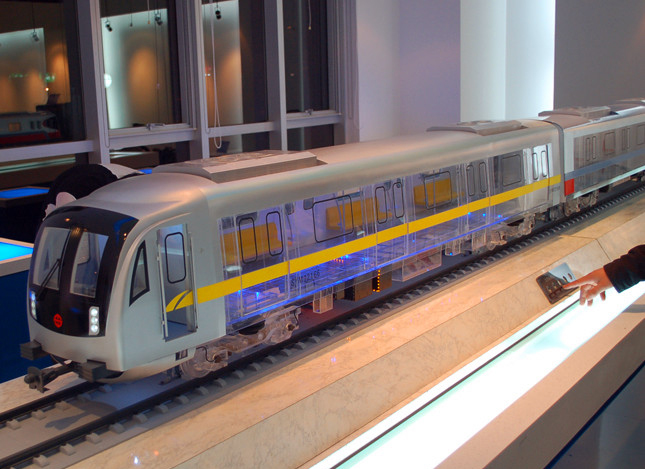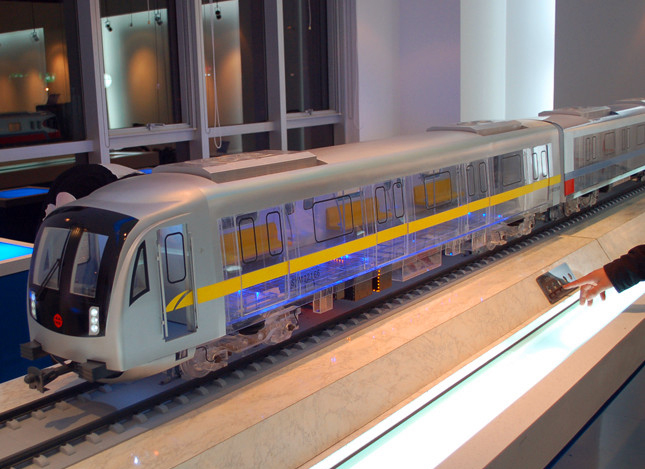-
 yoyo
Hi there! Welcome to my shop. Let me know if you have any questions.
yoyo
Hi there! Welcome to my shop. Let me know if you have any questions.
Your message has exceeded the limit.

Train model making factory
2025-09-08 16:11:14
Detailed explanation of the entire process of making train models
1、 Preparation of materials and tools
Basic materials
Vehicle body construction: ABS sheet (for shell), zinc alloy (die-casting parts), 0.5mm stainless steel wire (transmission link)
Track system: brass track, birch board (roadbed), insulation paint (electrical isolation)
Decorative accessories: Etching film (smoke pipe details), copper wire (cable), miniature LED (signal light)
Core Tools
Cutting tools: laser engraving machine (precise cutting of sheet metal), art knife (manual trimming)
Adhesive tools: quick drying adhesive (ABS adhesive), hot melt adhesive (fixing large parts)
Painting tools: spray pen (uniform coloring), stain solution (aging treatment)
2、 Step by step production process
1. Vehicle body production
Steam locomotive:
Boiler section: After zinc alloy die-casting, paste 382 smoke pipes with etching plates to ensure neat arrangement.
Transmission system: Stainless steel wire bent connecting rod, connecting piston and wheel, testing the smoothness of motion.
EMU:
Shell forming: After ABS vacuum forming, embedded aluminum alloy skeleton enhances strength.
Bogie: Nylon gearbox with integrated magnetic coupling for easy disassembly and maintenance.
2. Track and scene construction
Track laying:
CNC carved birch wood board roadbed, pre embedded brass tracks and electrified treatment, with sleepers arranged at a distance of 16.5mm.
The turnout adopts 3D printed components and micro servo motors to control the steering, with a response time of ≤ 0.8 seconds.
Platform production:
Laser cutting station building with oak plywood, acrylic hot bending arch windows, and analog signal lights with PLC programming added.
3. Dynamic system integration
DCC control: The dual channel controller drives the motor and is programmed to match the characteristics of the steam engine (acceleration 0.3m/s ²) and high-speed rail (1.2m/s ²).
Sensor interaction: Track RFID triggers voice broadcast, infrared sensor controls door opening and closing.
3、 Detail processing skills
Painting process
Steam Age: Matte black base, enamel paint stains wash rust, dry sweep highlights metal wear.
Modern trains: Pearl white electrostatic spraying, UV printed LCD screen film.
Aging effect
Track wear: Apply a 2B pencil horizontally to the contact surface to simulate wheel friction marks.
Rust treatment: Mix brown, orange, and black pigments to apply dots to the joints, and gently wipe with a dry cloth to highlight the natural peeling sensation.
Dynamic debugging
Test the smoothness of the track (straight track undulation ≤ 0.1mm/m) to ensure that the coupler is automatically coupled without any jamming.
4、 Common problem solutions
Derailment issue: Check the track parallelism error (<1mm), adjust the wheelbase of the bogie to match the track gauge.
Circuit short circuit: Insulate the track gap with paint to prevent current from flowing.
Component detachment: Key connections are reinforced with quick drying adhesive, and magnetic suction design facilitates replacement.
Tags: vehicle model, sand table models, industrial models

